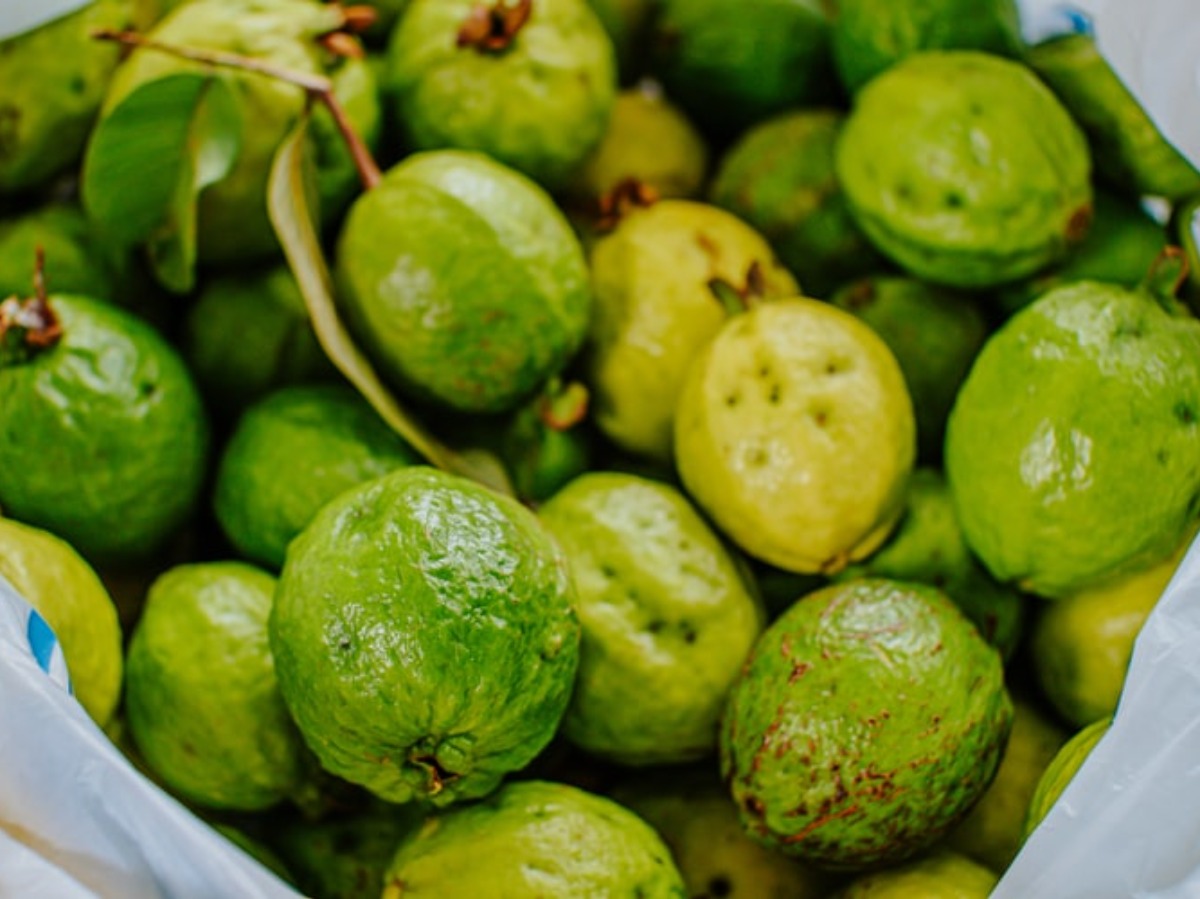What Are Cambodia¡¯s 'Penis Plants' That Are On The Verge Of Extinction?
Found originally in the tropical parts of Western Cambodia, these plants thrive in low-nutrient soil areas and they are known to adjust their nutritional requirements via insects, making use of their sweet nectar and scent to lure their prey.

Recently, the government of Cambodia requested its citizens to not pluck the rare plant Nepenthes holdenii after a series of images went viral with women plucking and posing with the plant, due to its shape looking awfully similar to the phallic shape of the male genitalia when glanced upon from a certain angle.
 Earthly Mission
Earthly Mission
Also Read: Australia Has A Giant Penis You Can See From Space, And No One Knows Who's Responsible For It
Reported first by Khmer Times, the Cambodian Ministry of Environment has shared the images of these women on its Facebook page, stating, "What they are doing is wrong and please don¡¯t do it again in the future! Thank you for loving natural resources, but don¡¯t harvest so it goes to waste!"
They've previously too asked tourists and individuals to refrain from plucking the flowers as it could very well drive the plants to extinction.
The Nepenthes species
Found originally in the tropical parts of Western Cambodia, these plants thrive in low-nutrient soil areas and they are known to adjust their nutritional requirements via insects, making use of their sweet nectar and scent to lure their prey.
 Shutterstock
Shutterstock
Also Read: Millions Of Penis-Like Fishes Get Stranded On Beach, And It's The Craziest Thing You Will See
The insects get tempted to feed the nectar from the pitcher plants. When the insect falls inside it, the insect isn¡¯t able to fly as their body gets coated in the digestive fluids of the plants. In this process the plant absorbs the nutrients.
Agricultural expansion, as well as growth of tourism has led to the decline of this rare plant species.
A rare species
While many might find it funny, based on its aesthetic, the pitcher plant is on the verge of extinction.
The plant is actually closely related to a species dubbed Nepenthes bokorensis, according to Jeremy Holden, a freelance wildlife photographer who first discovered the former species as well as Francois Mey, a botanical illustrator who described both the species, in a conversation with LiveScience.
While both Holdeni and bokorensis look alike and occur in the same region, Holden is actually rarer of the two species with only a few researchers actually capable of telling where to find the species.
For more in the world of technology and science, keep reading Indiatimes.com.








